What is netcat
Ncat is a powerful and flexible networking tool used for debugging, monitoring, and data transfer over TCP/IP. Originally developed as a modern replacement for Netcat, it is now included as part of the Nmap suite. Ncat supports both command-line and scripted use, offering encryption, connection brokering, and port forwarding features. It is available for all major operating systems, including Windows, Linux, and macOS.
Install nmap on Windows
To install nmap (and ncat as part of nmap) please do follow:
- Login to your server with administrative privileged user;
- Download the installer and run it. Accept the EULA;
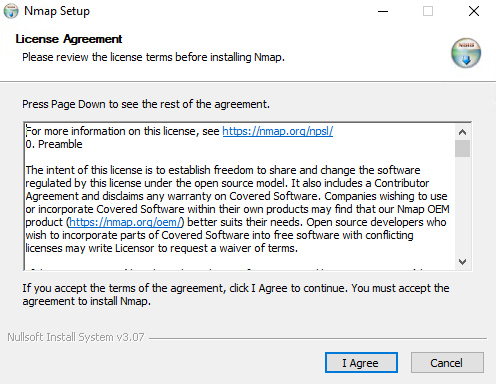
- Tick the Ncat tool. You may also tick other utilities if you need it. Then choose install destination, click Install and wait a little;
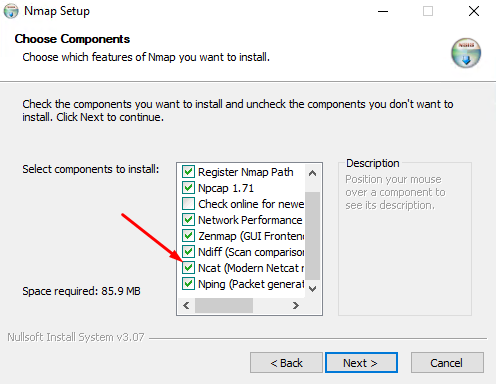
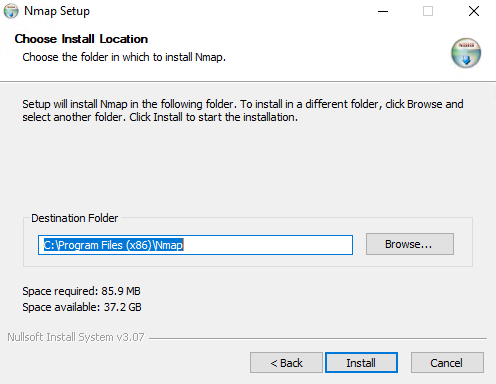
- Run cmd terrminal and check ncat version;
ncat -v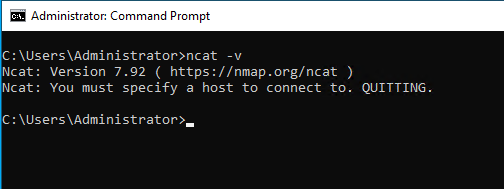
Checking example
To check ncat is really working, open two terminal windows.
- On the first window run:
ncat -l <any_port>- On the second window run:
ncat -C localhost <choosen_port>You can "chat" between the windows:

Install nmap on Linux OS
Setup process on Linux (Ubuntu 20.o4 as example is very simple. Just complete this instruction:
- Authorize as privileged user and run installation command;
apt-get update; apt install -y netcat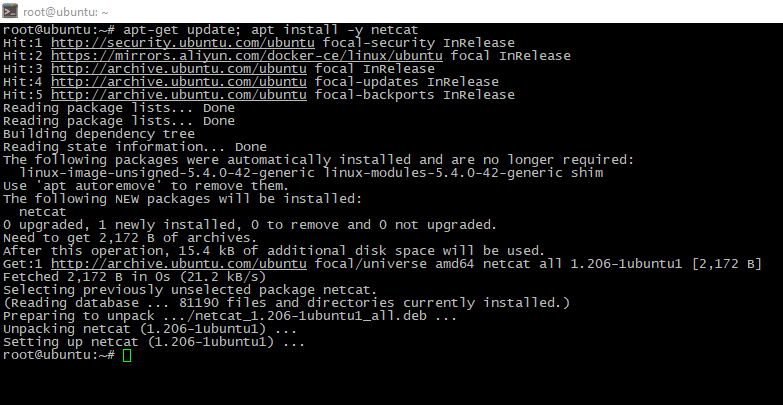
Using example the same - open two terminal windows and run these commands:
nc -l # In one session, to check "server-mode"
nc -C # In another terminal, to check "client-mode"

Conclusion
In this article, we cover how to install and use the Ncat tool on Windows Server 2022 and Ubuntu 20.04 LTS, with clear instructions for both platforms.
FAQ: Ncat Tool
- Q1: What is the difference between Ncat and Netcat?
Ncat is a modern implementation of Netcat, offering enhanced features such as SSL support, IPv6, connection brokering, and improved security. It is developed as part of the Nmap project and is cross-platform, while traditional Netcat versions may be more limited. - Q2: Is Ncat included in the Nmap installation?
Yes. When you install Nmap, Ncat is typically included as an optional component. During installation, make sure the "Ncat" checkbox is selected. - Q3: What can I use Ncat for?
Ncat is commonly used for port scanning, data transfer, port forwarding, remote administration, and simple chat between systems via TCP or UDP. It's a versatile tool for network diagnostics and scripting. - Q4: Can I use Ncat instead of SSH or Telnet?
In simple use cases, yes — Ncat can establish encrypted connections and remote shells, but it lacks the full authentication and session management capabilities of SSH. It's useful for quick setups, testing, or automation scripts. - Q5: What if ncat command is not found after installation?
Ensure the Nmap directory is in your system's PATH environment variable. On Windows, you can re-run the installer and check that Ncat was selected.




